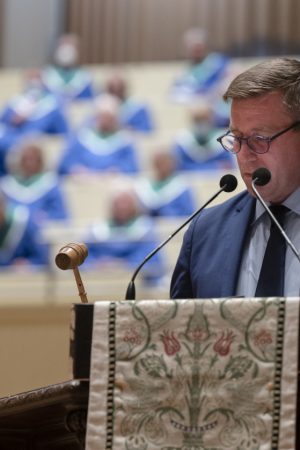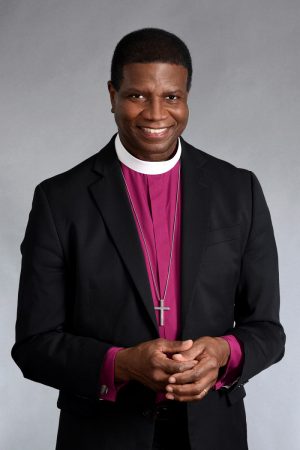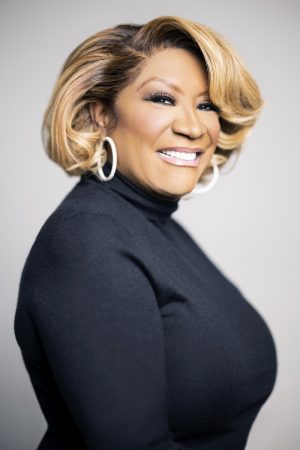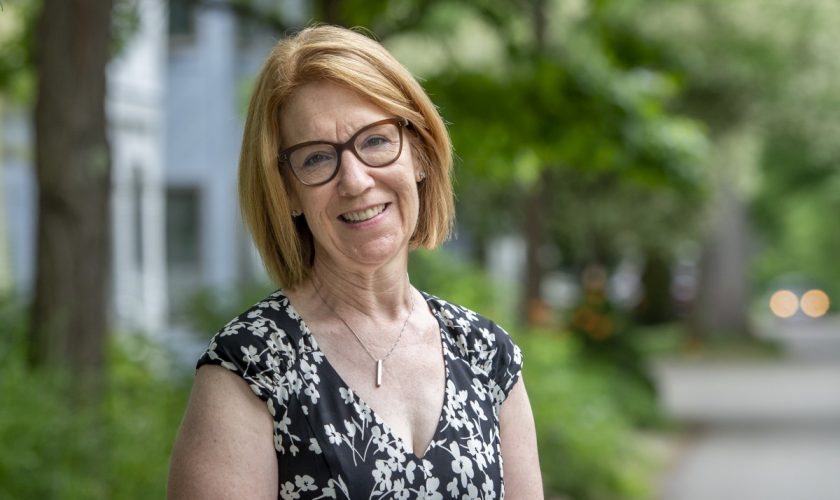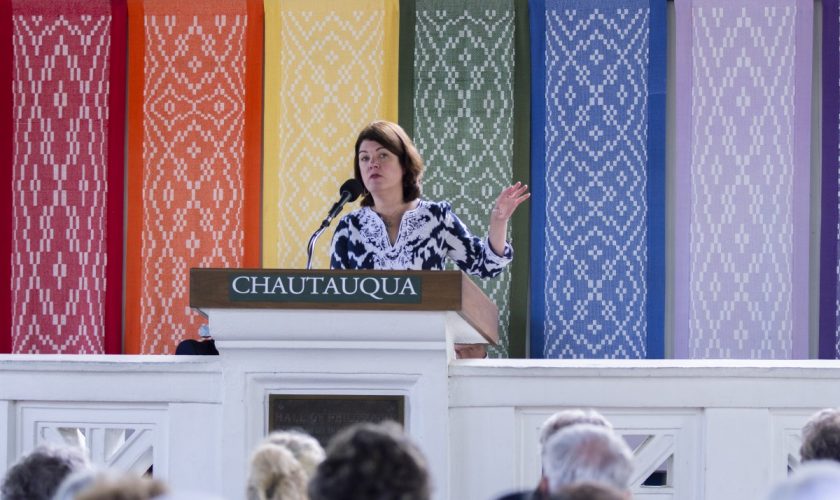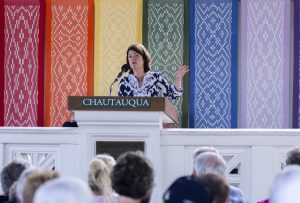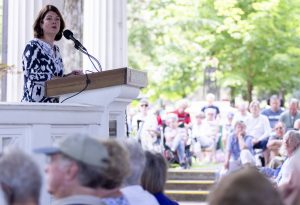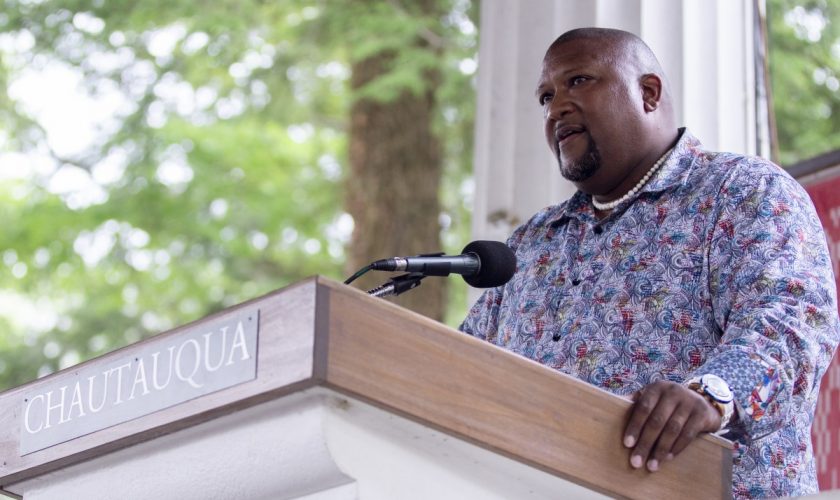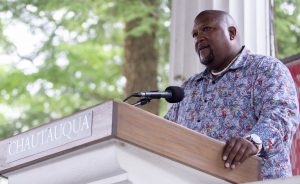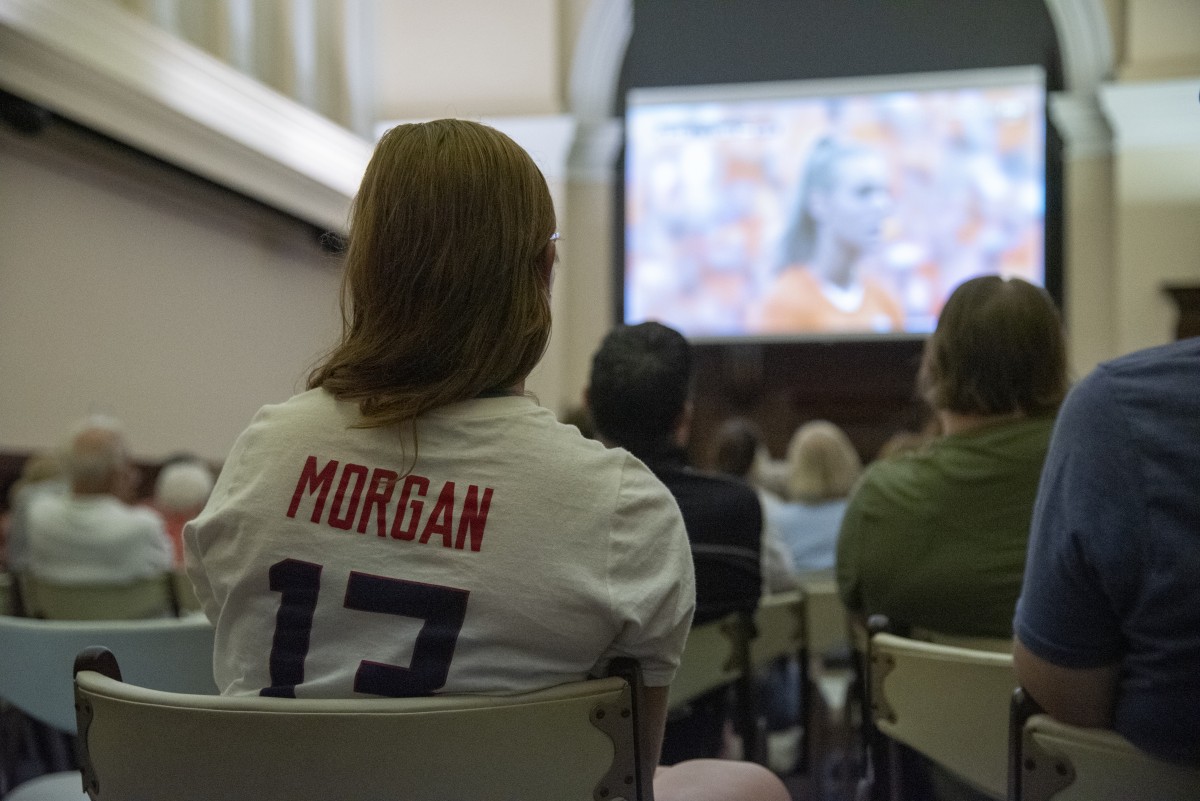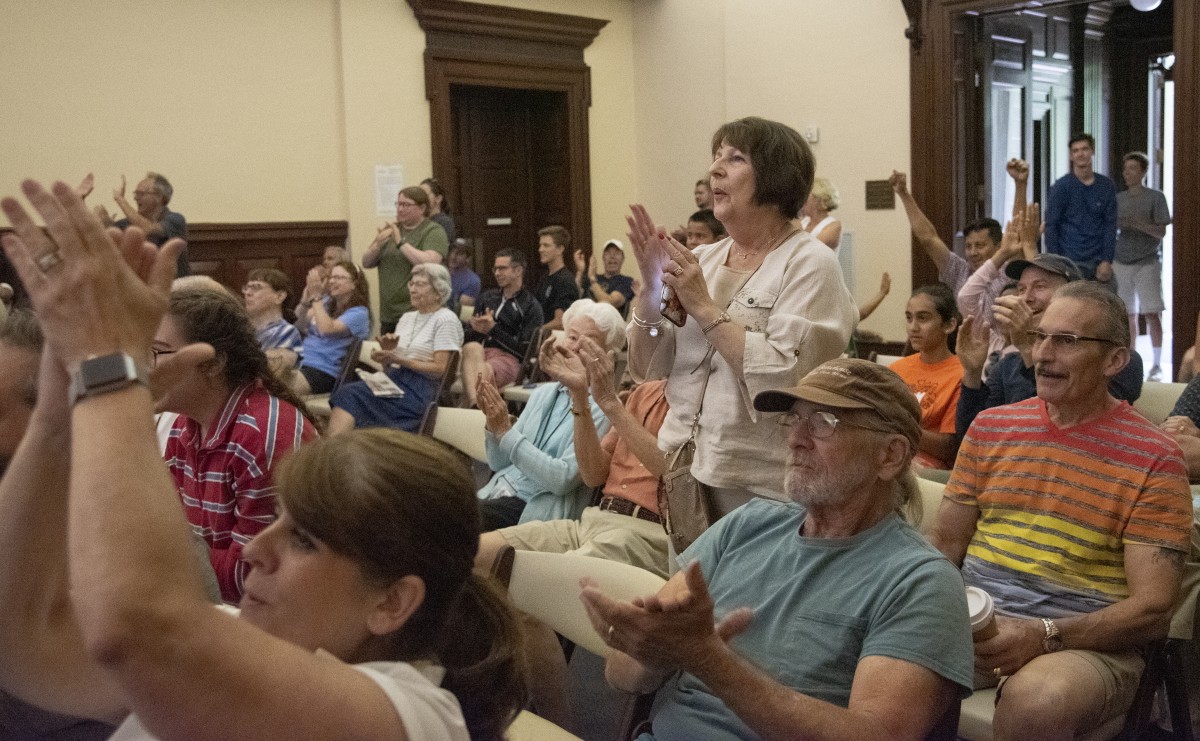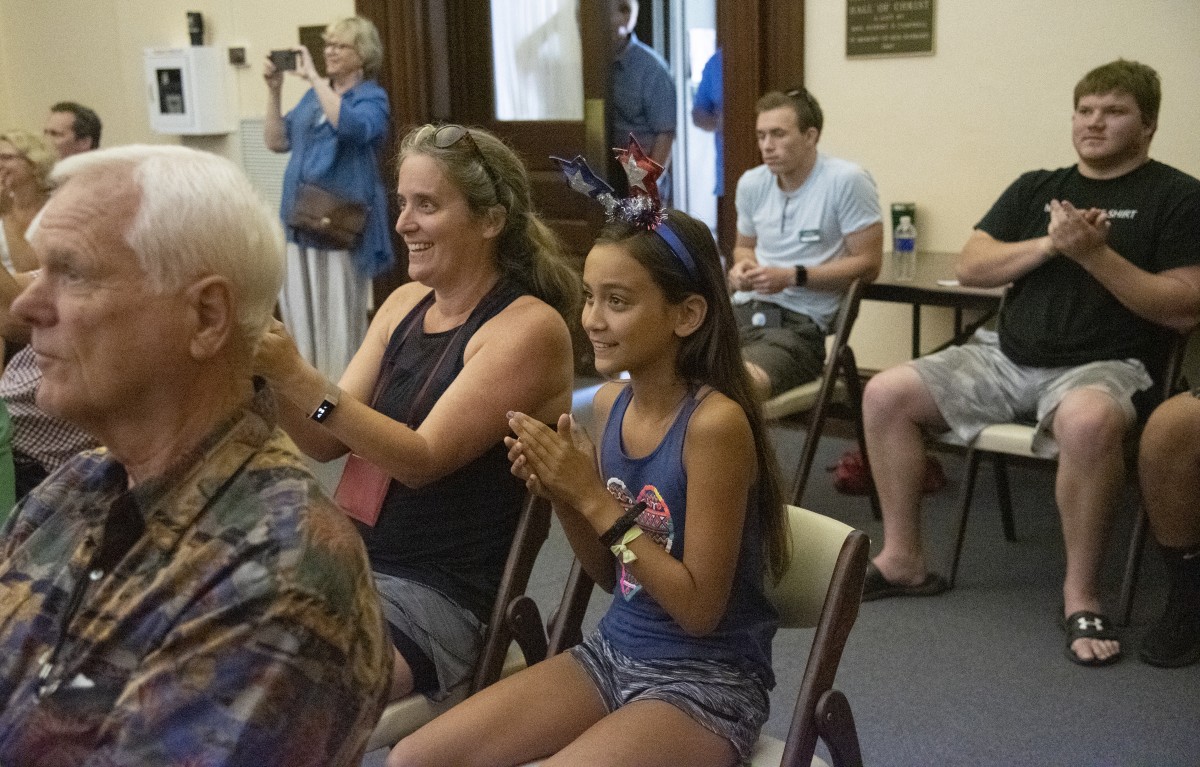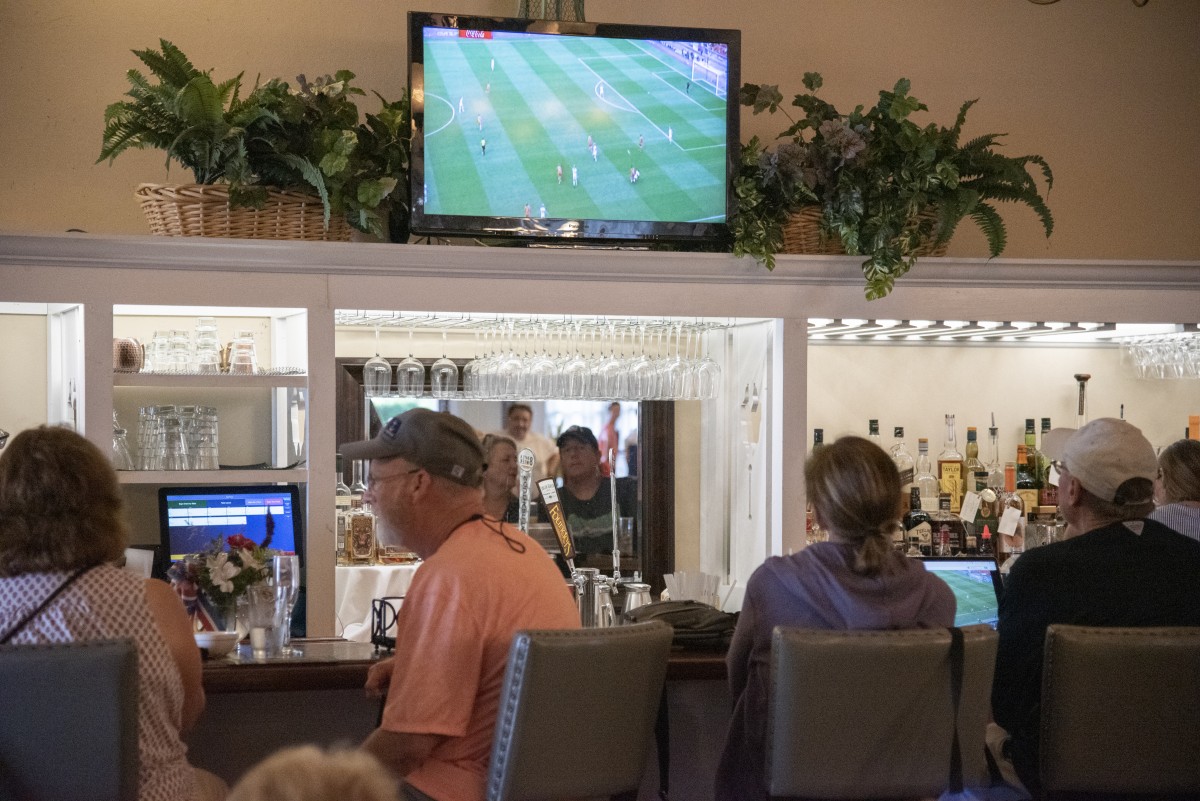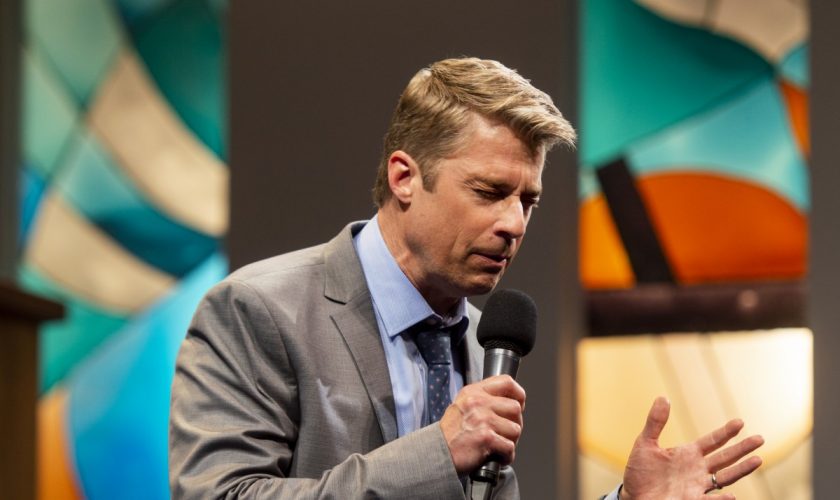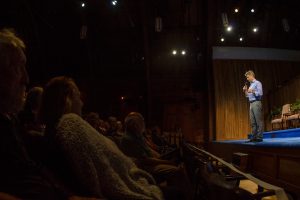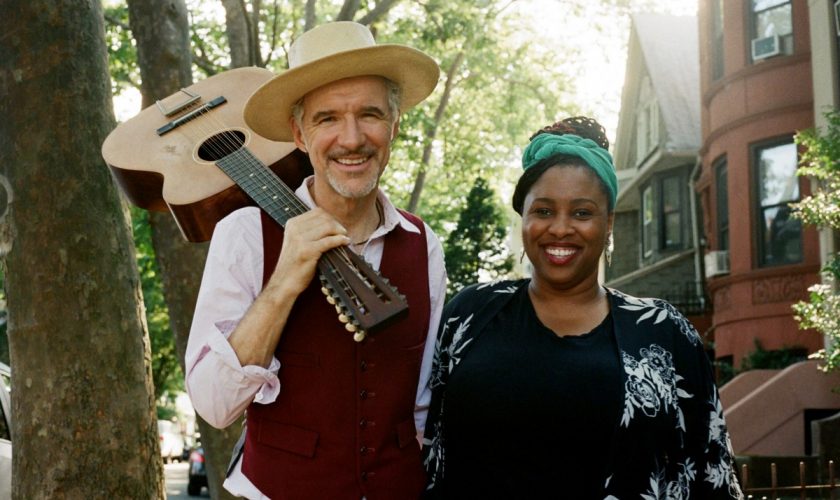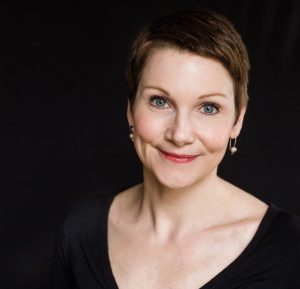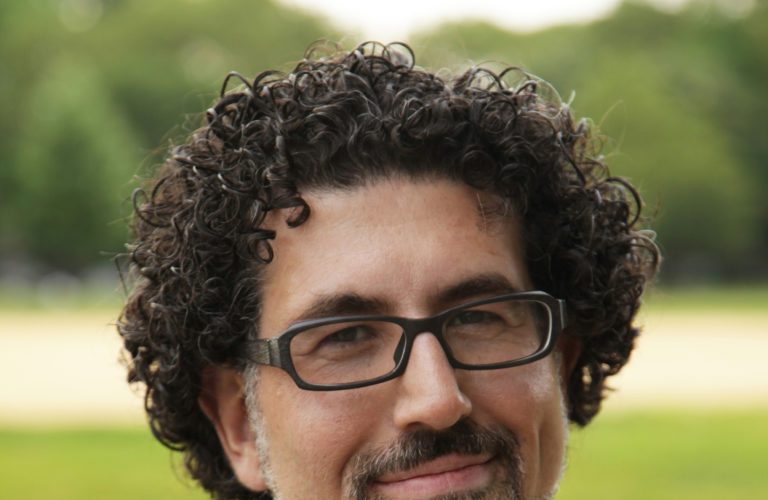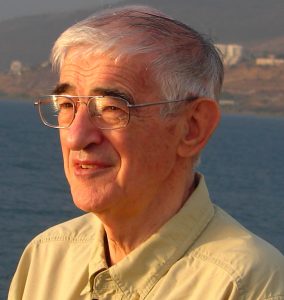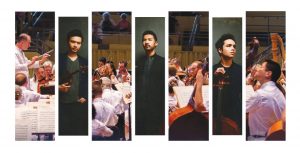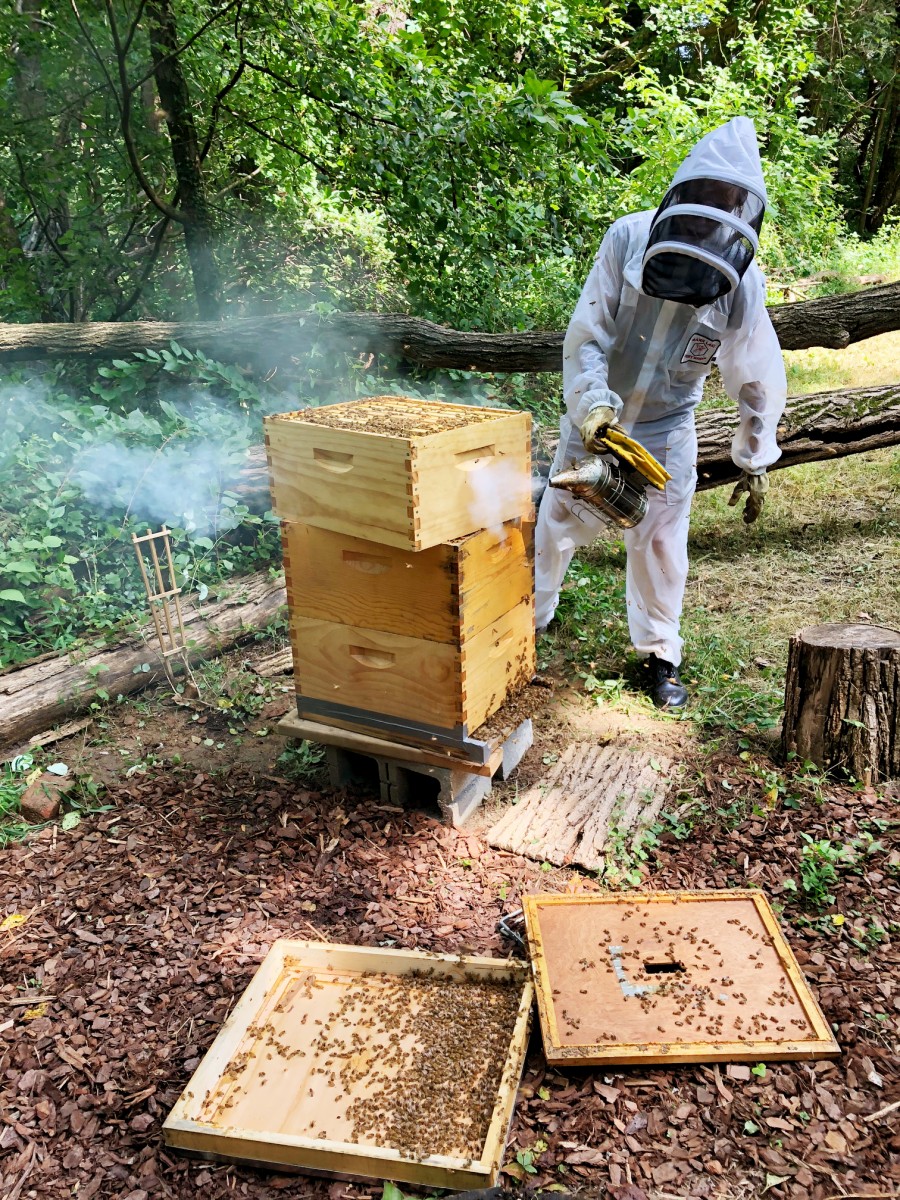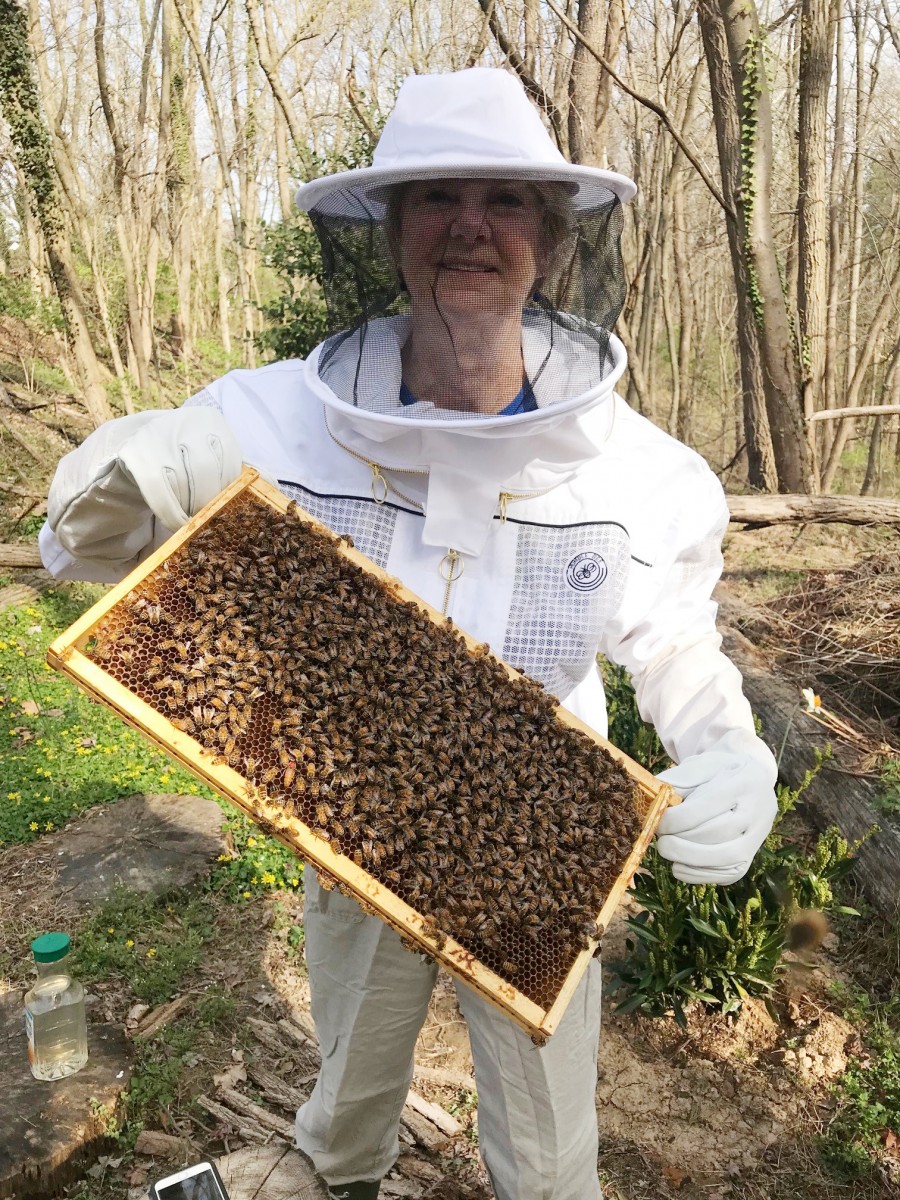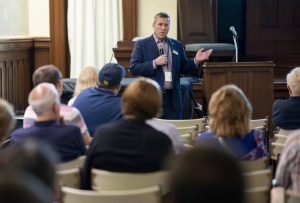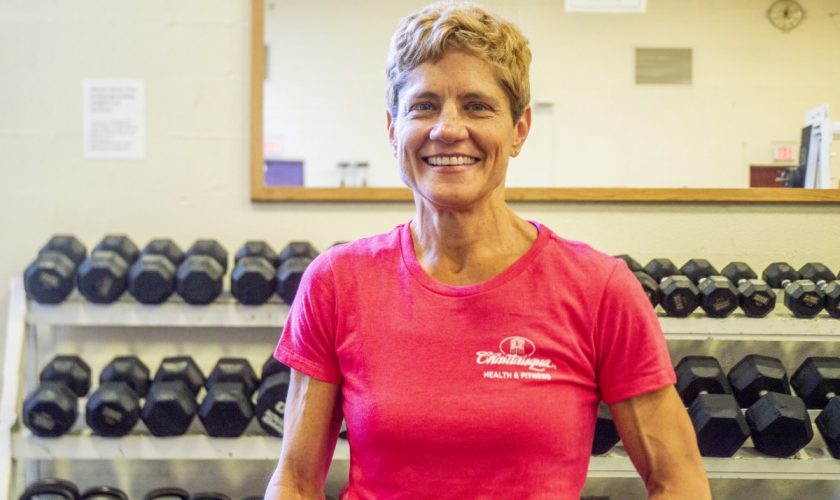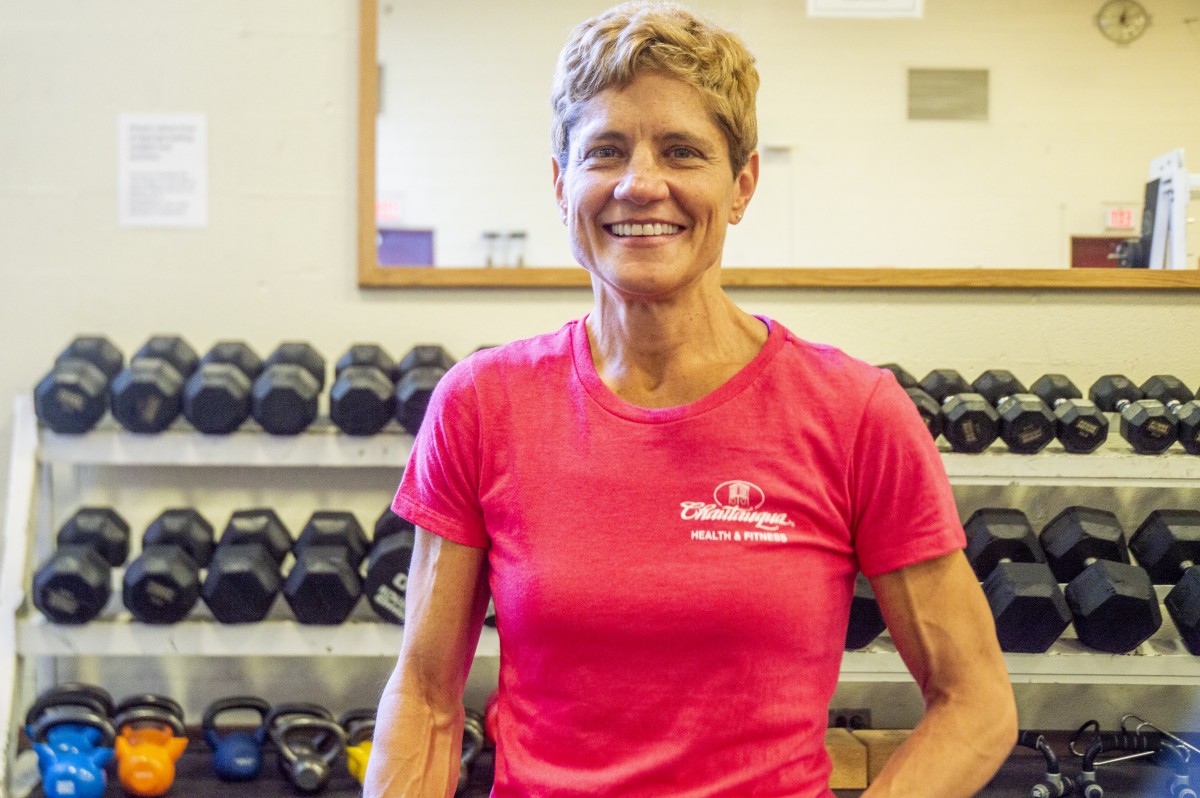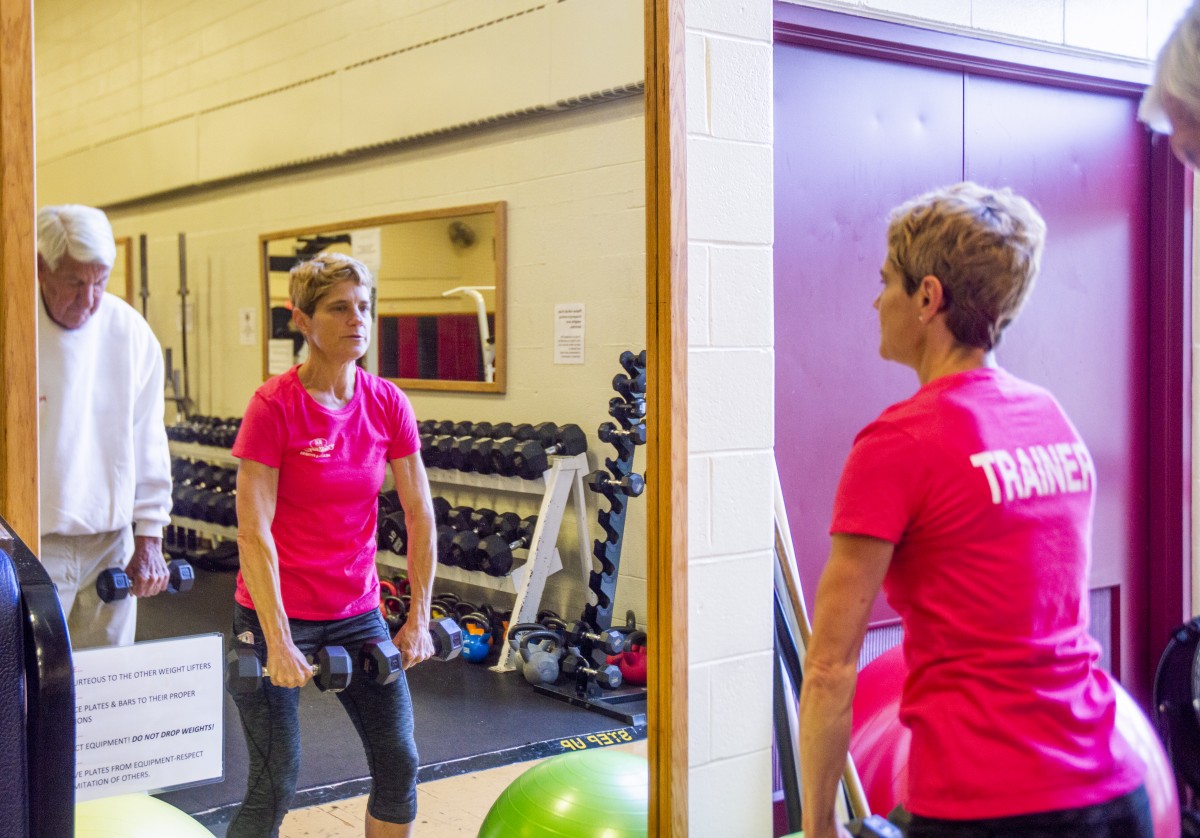
Laura Currie has served Chautauqua Institution for over a decade; first on the board of trustees, then the Chautauqua Foundation Board of Directors and, most recently, as an instrumental part in the making of the 150 Forward strategic plan.
The strategic plan is a series of objectives and cross-cutting imperatives synthesized by a 13-member Strategic Planning Working Group, which Currie chaired.
The process took 18 months of data collection, deliberation and presentation. Now, the plan is on full display at weekly Strategic Plan Information Sessions at 3:30 p.m. Thursdays in the Hall of Christ. Additionally, Chautauquans can voice concerns, leave comments or ask questions about the strategic plan through the online forum at 150FWDFeedback.chq.org.
Can you talk about your time at Chautauqua and the various leadership positions you’ve held?
I actually grew up here. I am a native — I went to Chautauqua High School. So my parents brought me (to the Institution) as an infant. We lived across the lake in the winter and here in the summer until I was in fourth grade, and then in fourth grade they sold the cottage … and the house across the lake and bought a house on the grounds.
We have come back every year, … and then 10 years ago I was asked to go on the board. I served two four-year terms on the board of trustees, and six of those eight years I also was a trustee director, so I was on the Foundation board as well.
I had been off (the board) a few months when Chair Jim Pardo and President Michael E. Hill called and asked me if I would chair the Strategic Planning Working Group, which is a great committee. It was really neat — it was half staff and half volunteers made up of current board directors and former board directors.
What was the working group’s process? How did you gather and consolidate data to create what would become the strategic plan?
We really wanted to hear from Chautauquans, so Michael started listening tours in January 2018, when he did his off-season traveling. … We hired a consulting firm that helped us design a survey that went out to all the primary addresses in Chautauqua’s database. We got 1,300 to 1,700 responses, which our consultants were just amazed by — that’s a huge response.
The consultants also did for us a series of small group listening sessions that were really categorized; we had people who had small children, … people who were first-time Chautauquans, people who were longtime Chautauquans, people who were renters, people who are owners. We tried to get a group together with our consultants within each of those segments to really drill down deep into some issues that they felt we should be thinking about.
There were 51 individual one-on-one interviews that the consultants did on our behalf. And then Michael, Jim and I did listening sessions last summer every week at the Hall of Philosophy, and then the two trustee open forums on Saturday mornings were turned into listening sessions.
So we really got all that input before the committee did really much work at all. We met and went over what the consultants were going to help us with and the process of what we were looking at. Then we pulled all of that data together as well as all of the things Michael and the administration were doing with IDEA and the campus master plan. We took all of that and began our deliberations over everything and shifting through what came out.
What were the overarching themes that came out of the data collection?
The lake, diversity and the grounds.
People are interested in their experiences here, but there is a lot of interest in, “If I can’t be here the whole nine weeks, how can I still feel connected while (the season is) going on,” or “How can we all be connected outside of the nine weeks?”
How much of the plan is administrative goals versus community input?
The actual goals themselves came from the community; the measures of success, … those came from the administration. So how it will be operationalized is coming more from the administration with the oversight of the board, but really what we’re doing and what needs to happen came from the community.
For someone who has not read the full plan, how would you concisely sum up 150 Forward?
We have four main goals and then four — what we finally ended up terming — cross-cutting imperatives. … (These) are imperative; we have to bring those four things into our DNA. IDEA — inclusion, diversity, equity, accessibility — has to become part of our DNA in a bigger way.
Technology — we’re just behind, and we need to catch up. … Labor and talent — huge — for during the season and then the off-season, and strategic partnerships. We’ve been really good at partnerships in the past, but I think that’s going to be the key to a lot of different things.
Goal-wise, the lake stood alone because it’s imperative that the lake be saved. Even though we have a small footprint on the lake, … we have a unique ability to be able to convene all the voices around the county and hopefully have a concerted scientific effort toward solving its problem.
That came from the community; IDEA came from the community, not “messing this place up” — that’s what we heard all the time; “don’t mess this place up” — came from the community … and taking us outside the grounds and making sure we are financially stable way into the future.
Through this whole process, what was your role in chairing the working group?
Really just being that lead person, but then bringing the diverse voices together with the committee and being the liaison between the administration, the consultants and the committee.
We had several in-person meetings in D.C. — just the committee did — and then we came up for the board meetings as well, and then we had — I can’t even remember how many — video conference meetings.
It’s a fabulous committee; they were just great. And then Shannon Rozner, the new vice president of strategic initiatives, joined us … and has just been fabulous to work with.
One of my big things I want to get out is that this is a plan for all of us — it’s not just the board, or this committee or the administration — this is all of Chautauqua. Our voices are in it, and we also have to be a part of it to make it work.
Now that the working group’s job has wrapped up, what’s your role?
There is a new committee formed with just board members, chaired by Candy Maxwell, the new incoming board chair, that’s looking at the actual details of the goals and working with Shannon, Michael and the administration on how they are going to prioritize and (oversee) it.
I’m not in that process since I’m no longer on the board. So my part is wrapping up, and they are taking what we did and moving it to the next step.
How have Chautauquans responded to the plan?
It has been very positive at the two Strategic Plan Information Sessions we’ve had so far and just in my everyday conservations with people. … People have been really pleased from what I’ve heard.
Ideally, what does Chautauqua look like to you when it reaches its sesquicentennial?
I hope that we really have a more diverse audience. … I hope we have reached out more to the Chautauqua community. I would love to know the lake is on its way, by that time, to being saved.
Hopefully maybe even tucking away a few of those cross-cutting imperatives.
What’s next for you?
I’m just going to enjoy being here, going to a little more programming this year.
I’m just happy to have been a part of what I have been.


